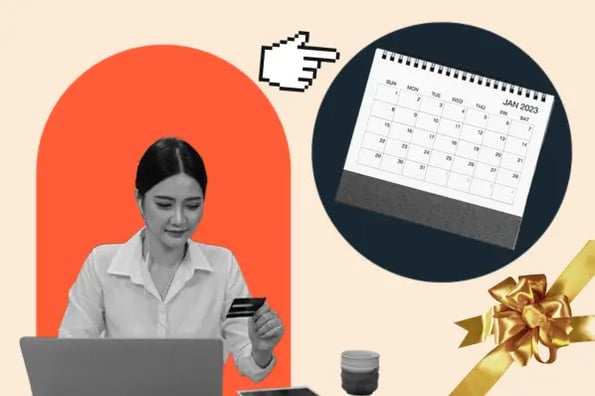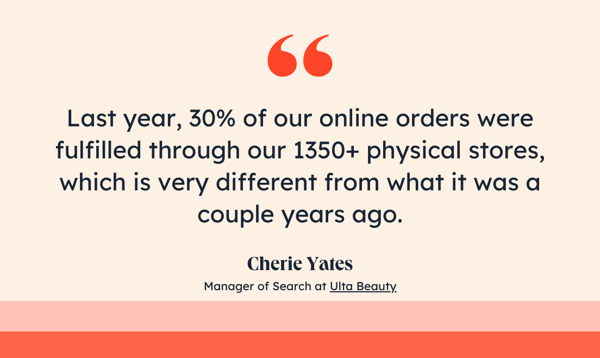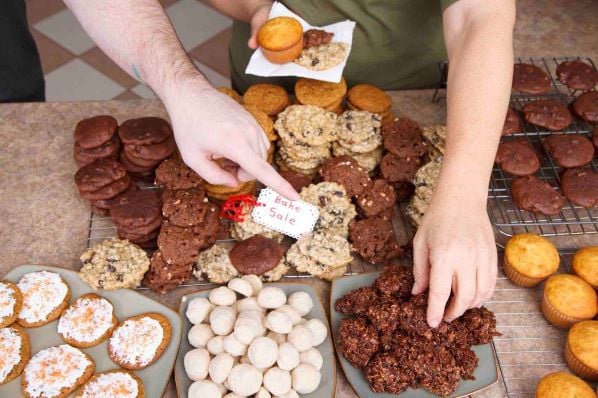Throughout the holiday season, we at Google have annually watched shoppers move between 4 distinct mindsets, or what we call the ‘4Ds:’ deliberate, deal-seeking, determined, and devoted.

What are these four Ds?
- Starting in July, consumers are deliberate, thoughtfully planning their holiday purchases and wishlists.
- From October to November, they’re deal-seeking, hunting for deals and prioritizing quality and value.
- By December, they become determined to complete their shopping ahead of the holidays and are using all days and resources to get it done.
- And finally, by January, consumers become devoted as they continue to shop past peak season.
Check out this quick short where we highlight these trends:
What Do the 4Ds Mean for Your Brand?
With December fast approaching, we’ll start to see the determined shopping mindset emerge followed by devoted buyers in January.
Leveraging these three strategies has helped us, and will also help you, align with these busy shoppers:
- Keep momentum in December and beyond
- Connect with customers across touchpoints
- Build long-term brand loyalty
Keeping Momentum in December -- and Beyond
The opportunity for retailers doesn’t end with Cyber 5, the peak deal period from Black Friday through Cyber Monday.
According to a Mastercard analysis we ran with BCG from October 2022 through January, 46% of U.S. consumer holiday spending occurred between Cyber Monday and Christmas Eve in 2022. These shoppers also spent over $47 billion in retail in the two weeks after December 25th.
-
46%
of consumers' holiday spending occurred between Cyber Monday and Christmas Eve last year.
-
50%
of consumers like to go shopping after the holidays.
-
$47B
was spent by surveyed consumers in the two weeks after Christmas.
So what’s driving consumer demand in December and January? We partnered with Ipsos on a few surveys between October 2022 and January 2023 to find out:
In December, shoppers are more motivated than ever to finish holiday shopping. Last year, the average US shopper still had 50% of their shopping left to do after "Cyber 5." Gen Z-ers had even more left to complete than other generations. [4]
By January, consumers can now shop for their own enjoyment and less-so out of gift obligations. According to our data, 50% of consumers enjoy shopping shortly after Christmas.
Connecting with Customers Across Touchpoints
In-store shopping climbed to record heights last year, topping $1 trillion for the first time ever.
A key driver behind these high rates of brick-and-mortar shopping is shoppers’ use of digital resources before going to a physical shop. These digital offerings are helpful to in both deciding on and fulfilling them.
One company that saw this was cosmetics chain, Ulta Beauty, who spoke with Google about their holiday performance:

We also see consumers increasingly tapping into multiple digital channels over the course of the season.
An online study we ran with Ipsos from October 2022 through January 2023 revealed more than half of shoppers used five or more channels, like video and social media, to shop over a two-day period in 2022. That proportion of shoppers increased in December.
And we actually see shoppers use even more digital resources to make purchases after the height of the holiday season, with the average number of digital resources used increasing post-holiday. From our research, we see that this includes Google properties, like Search, Maps, Youtube, whose already high usage throughout the season increases significantly post-Christmas.
Not only are shoppers continuing to shop, but they’re shopping across more digital properties. This means brands that use omnichannel experiences to connect with customers across touchpoints can stand out from the crowd.
Build Long-Term Brand Loyalty.
In a Google-commissioned study we ran this October, we learned there’s an even larger opportunity to build long-term brand loyalty, especially as almost half (47%) of shoppers say the time after Christmas enables them to shop for brands they love.
Consider promoting loyalty or rewards programs, which are top of mind for shoppers during this period.
In January 2023, we observed a noteworthy 50% surge in search interest regarding loyalty programs, which includes searches like 'reward program' and 'loyalty points', compared to December 2022.[11]
In data we gathered between September 2022 and January 2023, we also saw the search volume for gift-related queries, like ‘gifts’ and ‘presents,’ remained high in January 2023 — a 45% and 15% increase compared to the early holiday months of September 2022 and October 2022, respectively.
What's Next?
Now that you've learned about these key holiday trends, start getting ahead of the Black-Friday buzz by preparing and finalizing your holiday campaigns -- if you haven't already.
For more content or helpful tips, check out our Holiday Shopping Trends Report from Think With Google, or keep exploring the HubSpot Marketing Blog.


![278 Social Media Holidays for Your 2023 Content Calendar [+Template]](https://blog.hubspot.com/hubfs/social-media-holiday-calendar_5.webp)







![The Ultimate Social Media Holiday Calendar for 2019 [Template]](https://blog.hubspot.com/hubfs/social-media-calendar-holidays-1.jpg)